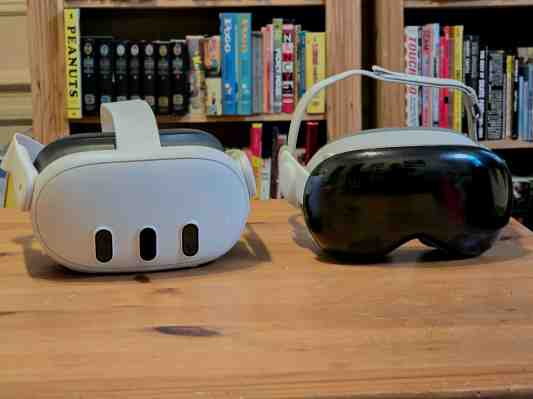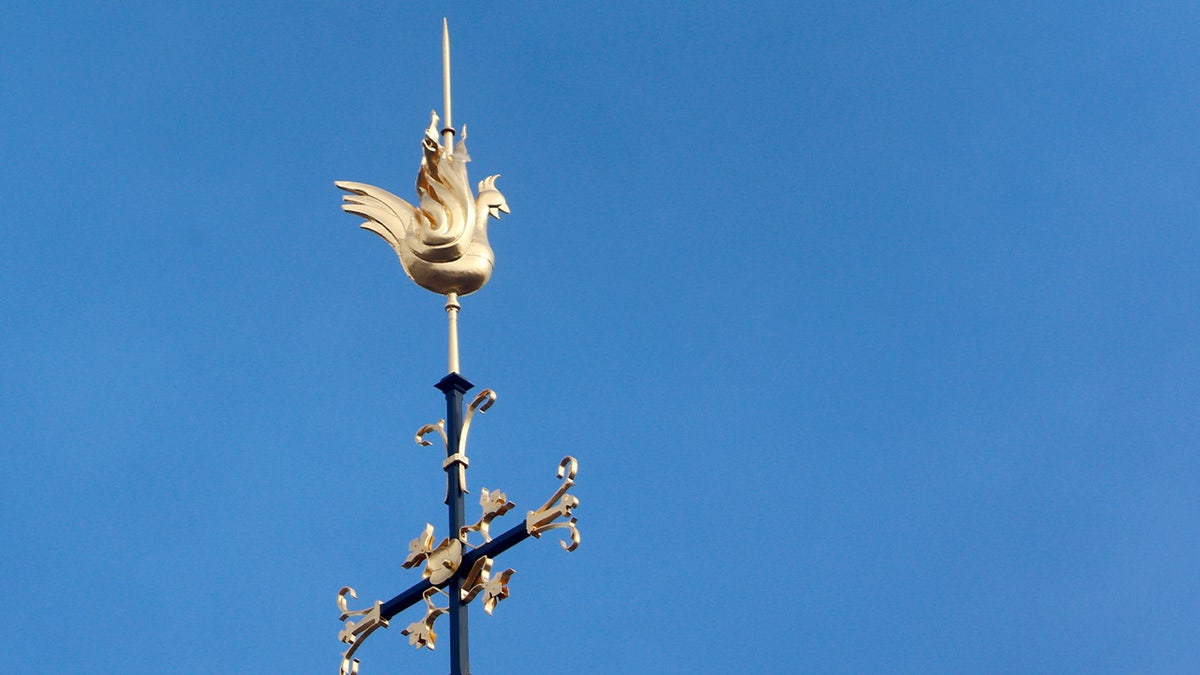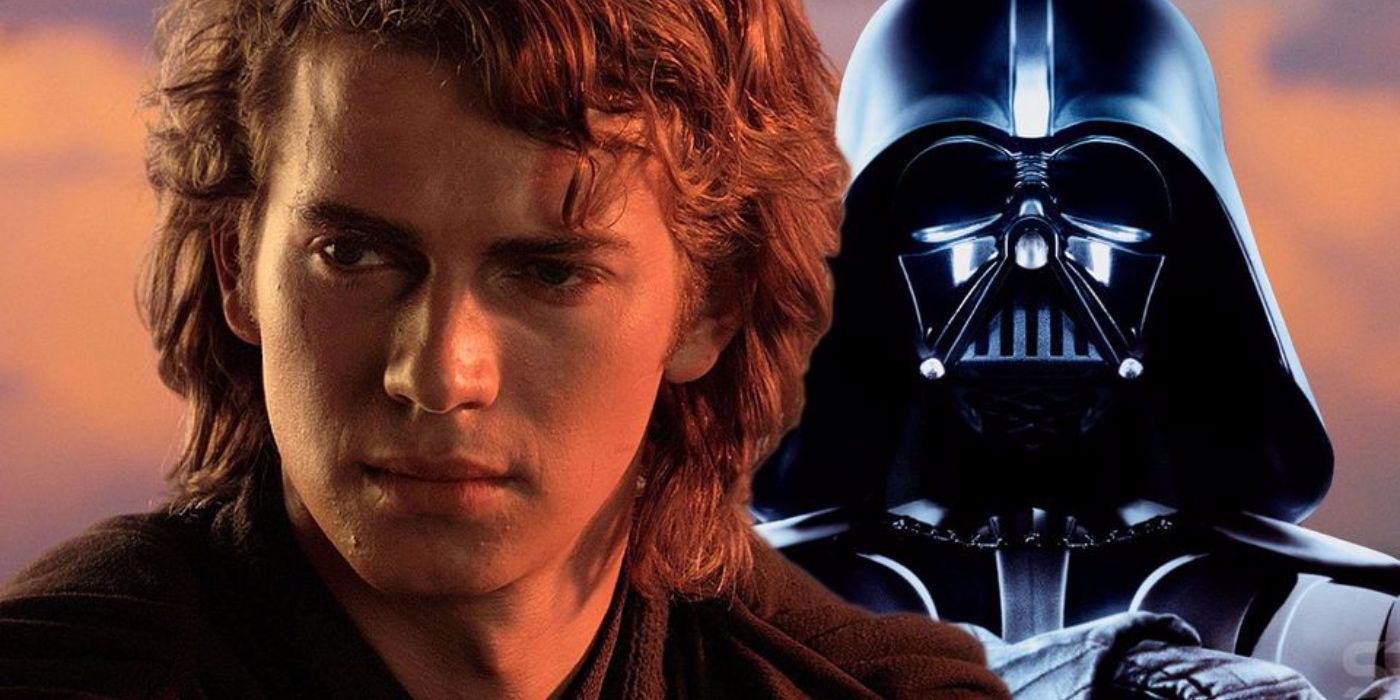Minutes after the first trailer for his superhero pic Deadpool & Wolverine dropped during the Super Bowl, Ryan Reynolds tweeted about popcorn, of all things. “Wait til you see the Deadpool popcorn bucket,” he wrote. An eternal jester, he no doubt was responding to the social media frenzy over a new Dune in-theater sandworm popcorn container that’s being riffed for looking like a sex toy (it even was the subject of a Saturday Night Live skit).
But Reynolds also sees dollar signs for struggling theater owners. With little fanfare, elaborate popcorn containers — known as “vessels” in industry speak — have become a lucrative side business for cinemas, third-party vendors and Hollywood studios, the latter of which receives licensing fees.

Sandworms apparently have an appetite for popcorn, judging by the vessel ($24.99 from AMC) that caused a spicy social media response and is supporting both the current reissue of Dune (2021) and the sequel’s March 1 release.
AMC Theatres
Its origins can be traced back to 2019 when AMC Theatres and Disney teamed to make an R2-D2 popcorn and drink holder that coincided with the release of Star Wars: The Rise of Skywalker. “It was the initial spark that lit the flame that got this whole collectible concession vessel program started,” says AMC’s Nels Storm, vp food and beverage product strategy. The droid sold out at $49.99 a pop, and a movement was born. AMC continues to dominate this space even as others have folllowed.

When Disney’s Stars Wars: The Rise of Skywalker hit theaters in 2019, fans could grab their own R2-D2 ($49.99 from AMC), with the lovable droid’s head holding a beverage and a popcorn compartment opening up in back.
Courtesy of Disney
“A lot of times, fans keep these things in the box and display them as collectibles,” says David Sieden, vp cinema partnerships at Disney. Adds fellow vp Susan Cotliar, “I think about my daughters a lot. They’re Gen Z-ers and have grown up with their phones. Tangible things have become so important to them.” The duo are working on Deadpool and Inside Out 2 merch but can’t share any popcorn spoilers.
Exhibitors and studios won’t talk about how much they’re making on the vessels. But last summer, AMC chief Adam Aron predicted that 25,000 special edition Barbie Corvettes would sell out by the end of opening weekend at $34.99 a pop. He was right, and that means nearly $875,000 in revenue.

Inspired by Barbie’s vehicle of choice from last year’s Warner Bros. smash hit, this pink Corvette convertible ($34.99 from AMC) holds 85 ounces of popcorn in the seats.
AMC Theatres
Concession-stand prices for specialty merchandise, including cups or popcorn containers, tend to start around $20 but can go up from there for a more elaborate or unique creation. “Some things we want to make very, very special,” explains Storm. He cites the vessel replicating the iconic Ghostbusters vehicle Ecto-1 — which supported Sony’s 2021 franchise-reviving Afterlife and carried a $34.99 price tag — as an early example of an attention-grabbing offering. A popcorn-carrying Ghost Trap will be available timed to next month’s follow-up, Ghostbusters: Frozen Empire. “It just depends on the film and the coolness factor, and how far we want to push the envelope.”

There’s something strange inside this Ghost Trap, which celebrates the release of Sony’s upcoming Ghostbusters: Frozen Empire with an extra compartment for holding popcor
AMC Theatres
Aside from a cultural behemoth like Star Wars, the most successful merchandise drops are typically ones that tap into rabid fan bases. For last May’s release of Universal’s Fast X, theaters promptly sold out of a popcorn-storing replica of the 1970 Dodge Charger belonging to Vin Diesel’s Dominic Toretto. And earlier this year, 15 percent of Mean Girls attendees during opening weekend cited merchandise inducements as their reason for buying a ticket.
Storm says AMC would like to do as many special offerings as it can, but that it’s good to have boundaries. “We like to be expansive, but we also like to be measured in making sure that we’re paying homage to the film and the cast and directors and everybody who puts all their hard work into these pieces,” he says. “And then we also want to make sure it’s going to resonate with our guests. And so there’s definitely a matrix that exists between coolness and collectibility that we like to think about. And so in a year where we have a number of blockbusters, we’re going to have a number of really cool vessels that are going to play along with those blockbusters.”

Although the hero in Warner Bros.’ 2023 release Wonka likely prefers chocolate to popcorn, a version of his hat ($29.99 from AMC) could be filled with the snack.
AMC Theatres
The free publicity over the Dune sandworm is incalculable in terms of value. “It’s a fun moment that brought some attention to the movie,” says one source. “It falls under the old adage, ‘no publicity is bad publicity.’” The insider points out that the SNL segment — showing high school students getting amorous with the bucket — was certainly unexpected: “The SNL sketch was a pleasant surprise. That was not something that was pitched as a moment for the movie.”
Whether the noisy response to the sandworm item will lead to even more outlandish designs remains to be seen, as products can be in development for up to 18 months ahead of a film’s release. “Exhibitors tend to want to top each other, but they really have to make sense for each of the titles,” says a rival studio exec about the possible impact of the Dune moment.

The Plastics would be proud to see this Burn Book ($19.99 from AMC) that opens up to hold 54 ounces of popcorn in honor of Paramount’s recent movie musical Mean Girls
Paramount Pictures
When a product sells out — like the Barbie Corvette or the Mean Girls box or R2-D2 — AMC and other cinema operators are plumb out of luck since they can’t pull an Amazon and get an overnight delivery. But the burden is far worse when an exhibitor bets on too much inventory, and merchandise sits on the shelves.

The back of Miles Morales’ head ($29.99 from AMC) opens up to store 120 ounces of popcorn for Sony’s 2023 sequel Spider-Man: Across the Spider-Verse.
AMC Theatres
Also, an exhibitor used to be able to place an order only two months in advance. In the post-COVID-world, it can take six months. “So it’s getting to be difficult to measure how big the movie will be that far out and know how many I should order,” says Luis Olloqui, CEO of luxury dine-in theater chain Cinépolis USA. “So the studio needs to approve the design and sometimes we need to place the order before we know the design is approved.”
The Dune sandworm could cause some studios to take an extra beat when approached with a design, some sources speculate. Then again, it is sometimes the studio who approaches an exhibitor with an idea.
A briefer run on the big screen can also impact sales or fancied-up popcorn containers. Says Olloqui, “There’s also a problem with movies with shorter windows because if you don’t sell them in the first two weekends, you end up with leftovers.”
But the boom in popcorn vessels seems to be only just beginning.
“There are other ways to drive people to go to movie theaters, and this is one of them. We love it,” says Sieden at Disney. “I don’t know how many people actually put the popcorn in them.”

To celebrate Disney’s 2022 feature Thor: Love and Thunder, the top of the title demigod’s silver weapon ($39.99 from AMC) lifted up to store the snack.
AMC Theatres
James Hibberd contributed to this report.

























































